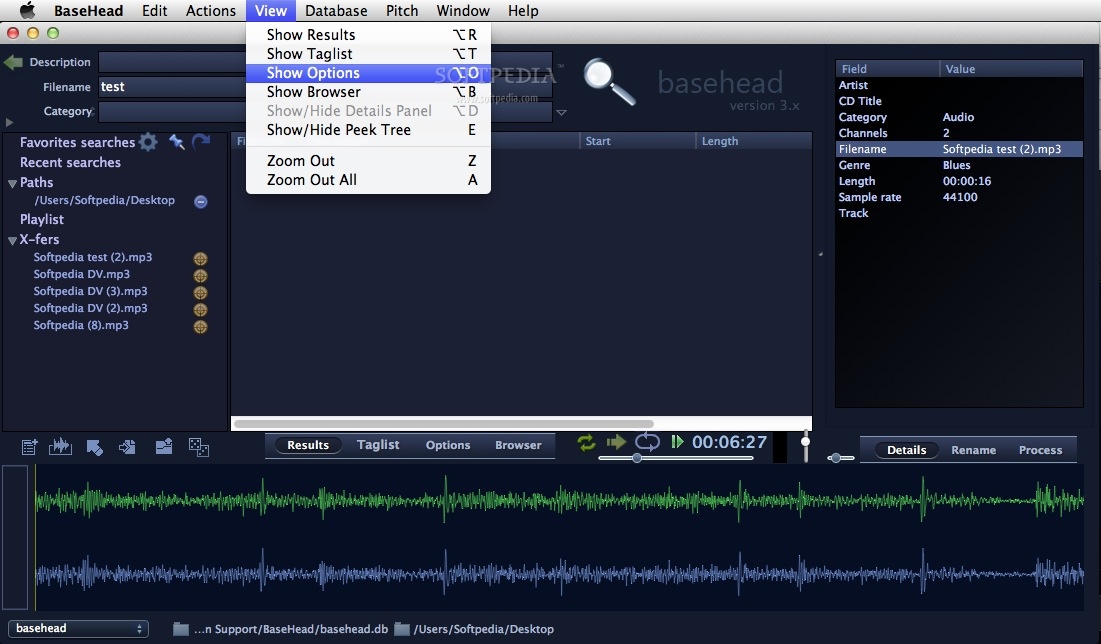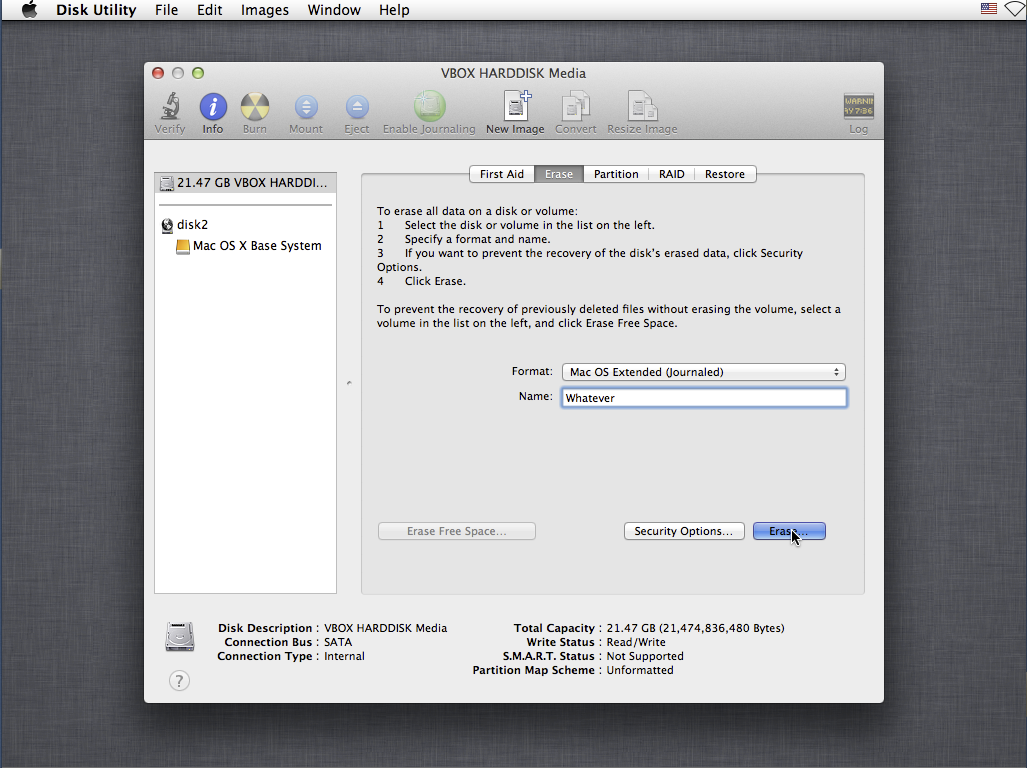

- #Mac os mountain lion wont start from command r how to#
- #Mac os mountain lion wont start from command r install#
- #Mac os mountain lion wont start from command r full#
- #Mac os mountain lion wont start from command r mac#
(In our testing, the official OS X Lion USB Thumb Drive doesn’t work with Macs that shipped with Lion-it’s designed for installing the OS on pre-Lion Macs.)įortunately, it’s possible to create a bootable Lion installer even if your only Mac is a newer model, although doing so requires a bit more work.
#Mac os mountain lion wont start from command r full#
Apple does offer a utility for creating an emergency Lion Recovery drive but, like the standard Lion Recovery feature, this drive requires you to download the full 4GB of Lion each time you want to install-it’s better to have the full installer on a bootable drive. In other words, you don’t have a downloadable version of the installer unless you happened to purchase Lion for another, older Mac. But if you have a Mac that debuted after Lion (any Mac from July 2011 or later), your Mac shipped with Lion pre-installed.
#Mac os mountain lion wont start from command r how to#
When Lion debuted, I explained how to create a bootable Lion-installer drive from the Mac App Store version of Lion. (Lion Internet Recovery is available on mid-2011-or-later Macs, as well as some older Macs that have received recent firmware updates.)
#Mac os mountain lion wont start from command r install#
And if you’ve got a Mac that doesn’t support Lion Internet Recovery-a version of Lion Recovery based on special firmware-recovery mode may not even be available if your Mac’s drive itself is having problems, whereas a bootable install drive will always be there for you. For starters, Lion Recovery doesn’t include the full Lion installer-it requires you to download nearly 4GB of data before you can reinstall Lion-whereas a bootable installer drive contains the entire Lion installer, making installation much, much faster. So, we moved on to the harder-core options.But even for troubleshooting, a bootable installer drive has advantages over Lion Recovery. In JV’s case, his Mac wouldn’t restart normally following a successful Safe Boot. Otherwise, keep working through this list. If the Mac starts up normally, go on with your day. If the Mac does start up, restart it from the Apple menu once the desktop finishes loading completely. To get some feedback about what’s happening, you might choose to start up while holding down Shift, Command, and V: That enters both Safe Boot and something called Verbose Mode, which spits out some messages about what Safe Boot is actually trying to do as it goes.īe patient during your Safe Boot.

Safe Boot can take a while if it does indeed work. Shut the Mac down, and start it up while holding down Shift. It’s rare, but sometimes you can get your unhappy Mac to start up successfully with a Safe Boot, and then restart it normally, and everything returns to hunky-doryness. Safe Boot limits what checks and functionality your Mac focuses on during startup, and performs certain diagnostics. But Julian’s Mac was still misbehaving, so we moved on to step two. We clicked Repair Disk, and Disk Utility eventually claimed it had repaired some problems. In Julian’s case, Disk Utility said that it had found errors and we ought to repair them. You want that second one.) On the lower right of the Disk Utility window, click Verify Disk, and then wait while Disk Utility does its thing.


(Usually, you’ll see two listings for your built-in drive: The first includes the drive’s size, like 500GB, in its name and nested underneath it is your drive’s friendlier name. Then, click on your Mac’s built-in hard drive in the left column of Disk Utility. (Once you see that screen, you can release the keys you were holding down.) Click on Disk Utility. (If it’s not responsive because it’s stuck on a gray, blue, or white screen, just hold down the Mac’s power button for several long seconds until it gives up and shuts off.) Hold down the Command and R keys, and power the Mac back up again.Įventually, you’ll end up on a screen headlined OS X Utilities.


 0 kommentar(er)
0 kommentar(er)
